Did you know that many plant diseases can be recognized by their leaves? Below, we will help you to know and identify them quickly.
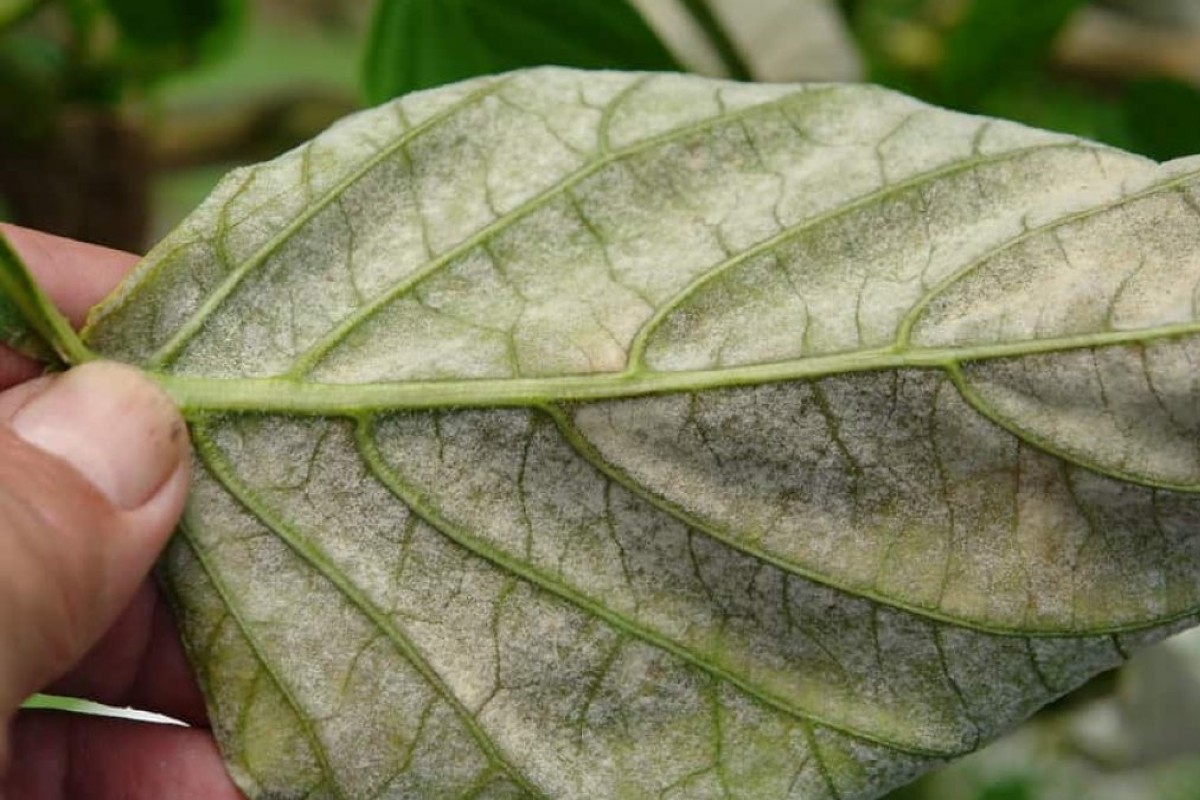
Sometimes, loving plants is not enough. Your beloved vegetables may wither, no longer produce flowers, look anything but healthy. This means that, something in their management may have gone wrong: the plant got sick or was attacked by parasites.
Sometimes, it may be enough to move the plant to another location, more or less bright than the previous one. In other cases, however, more frequent watering will be necessary. In still others, however, a repotting could help. Not always, However, the plant recovers immediately.
There is no need to despair since, most diseases and parasites are visible to the naked eye simply by observing and inspecting carefully leaves. Yes, the leaves of our plants communicate with us. Of course, you must also know how to look at them because the leaves are the food production organ of plants. They are a kind of stomach in the open that communicate, to the viewer, the state of health.
Read also: Bitter Orange – Citrus aurantium
If the plant is healthy, its leaves appear shiny and well-shaped. In principle, however, when the plant is suffering, the leaves lose their typical colors and shapes. Not only for domestic plants, this rule also applies to garden or vegetable garden plants.
Below we will help you recognize the plant’s signs of suffering most common, which are visible through the leaves.

Yellow leaves
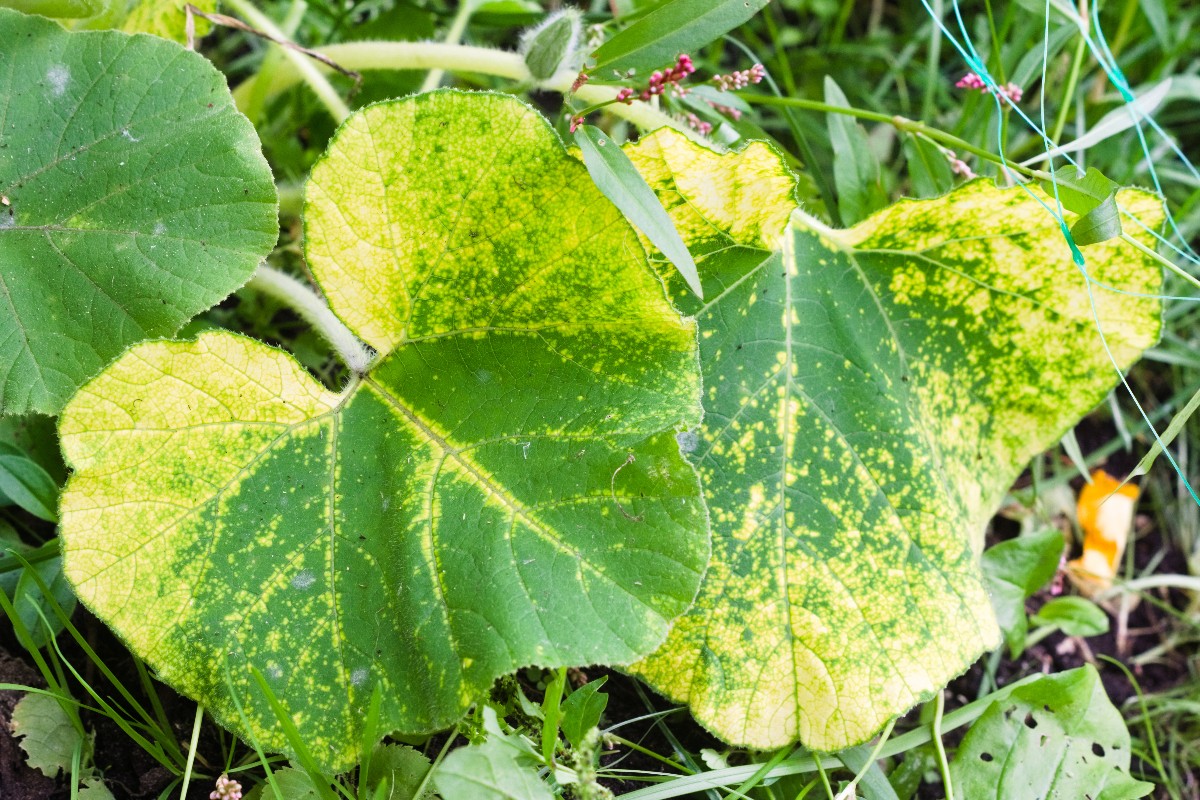
If your plant’s leaves have a faded color that turns yellow, it may be a plant care problem.
In particular, you may have watered too much. In parallel, it may be exposed to too little sun. Furthermore, it could be nitrogen deficient. If only the tips and edges are yellow, then the plant may also be potassium deficient.
In case of a lack of light, if yours is a succulent, the stems may grow thin and elongated. The remedy to avoid yellow leaves is that not only of water better, respecting a certain regular frequency, but also expose to light, in the correct way, the plant. To compensate for the possible nitrogen deficit, moreover, the plant should be fertilized.
It may interest you: Plants dangerous for children
Crumpled leaves
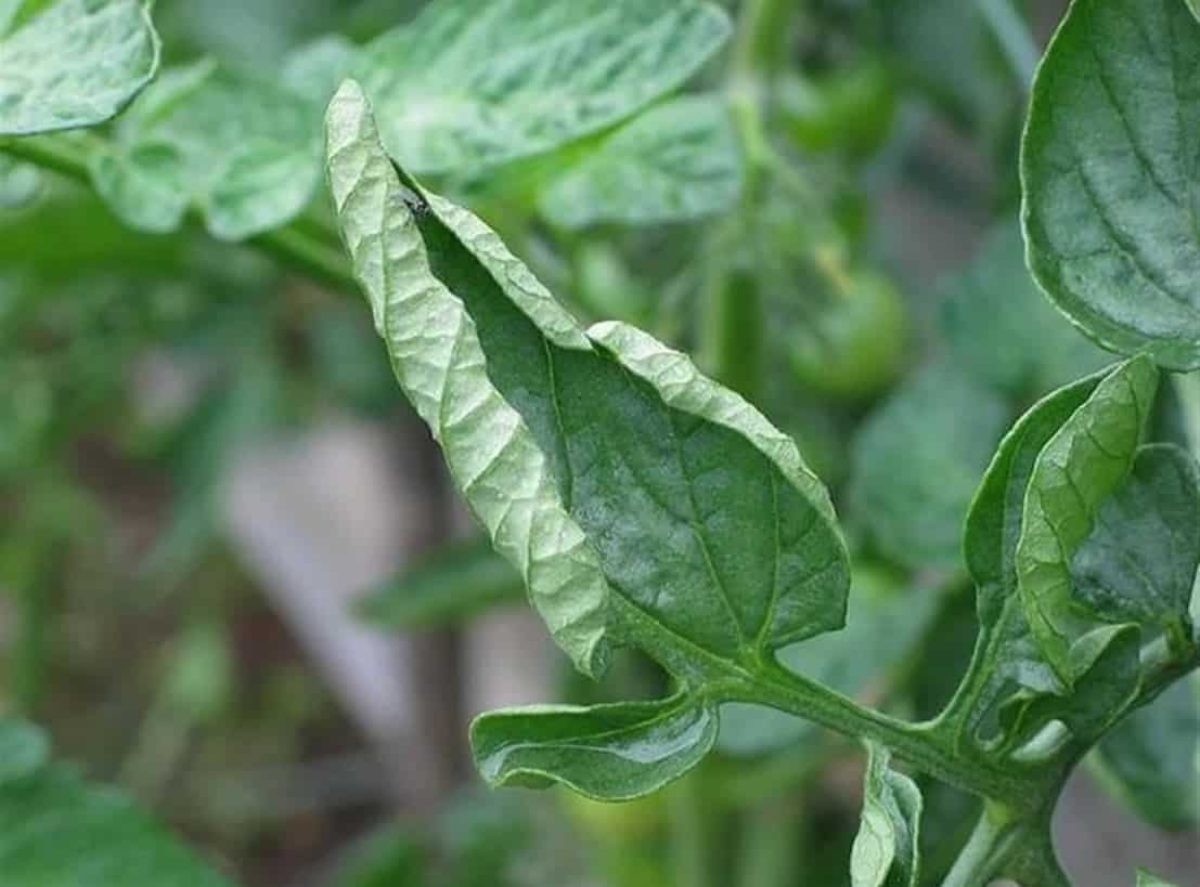
If the leaves appear crumpled, dry, crumbly, At that time there could be a water shortage.
This deficiency would not necessarily be due to a human error but also to too dry soil, to a climate excessively hot or a of the damage tangible at the roots.
Among the solutions that you can adopt stands out increasing the frequency of irrigation. In particular, when you water it again, you can put the entire pot inside a basin full of water. To increase the effectiveness, let a little water run from the tap and place the plant under it for at least 15 minutes.
Do you have problems with plants? Join the group
In some cases, however, it may be necessary to replace the vessel to the plant, adopting a larger one. The roots, in fact, could be too compressed and, in addition to fighting for space, they must also fight for water.
Faded leaves
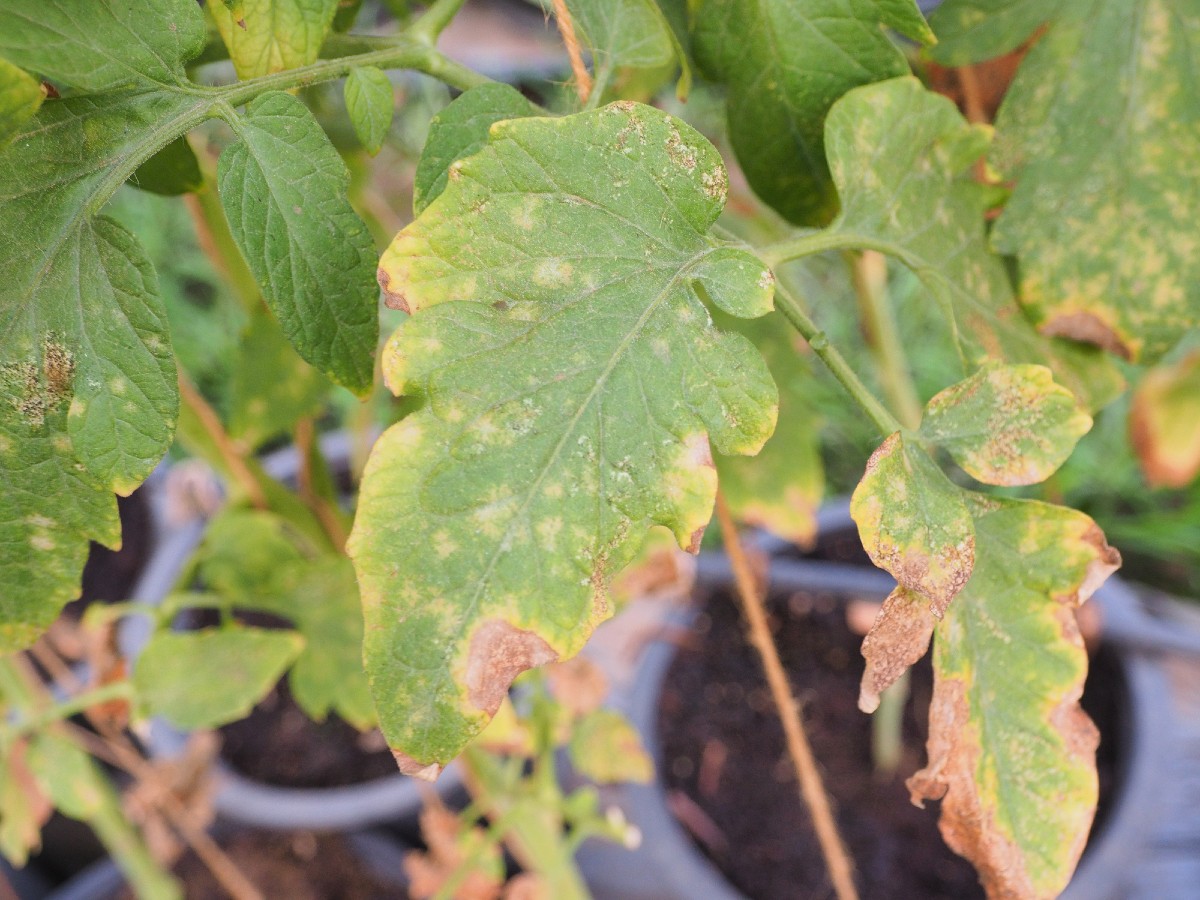
Although the veins of the plant are still green, the leaves appear faded.
The cause could be represented by too hard water, as well as from a deficiency of iron and magnesium but, in general, nutritional deficits. The leaves of the plant may appear pale, grow smaller than normal, or curled.
To repair and let the plant resume, you can opt for decalcified water. Also, you can add iron chelate. You can add substances of natural origin (eg coffee grounds) and compost to the soil. The aim is to bring down the pH level. As a result, the microbial life will increase and the soil structure will improve.
If iron deficiency is established, keep in mind that the pH of the soil should not exceed 7. In this regard, you can add pine needles that will act as an acid mulch.
Red / brown leaves
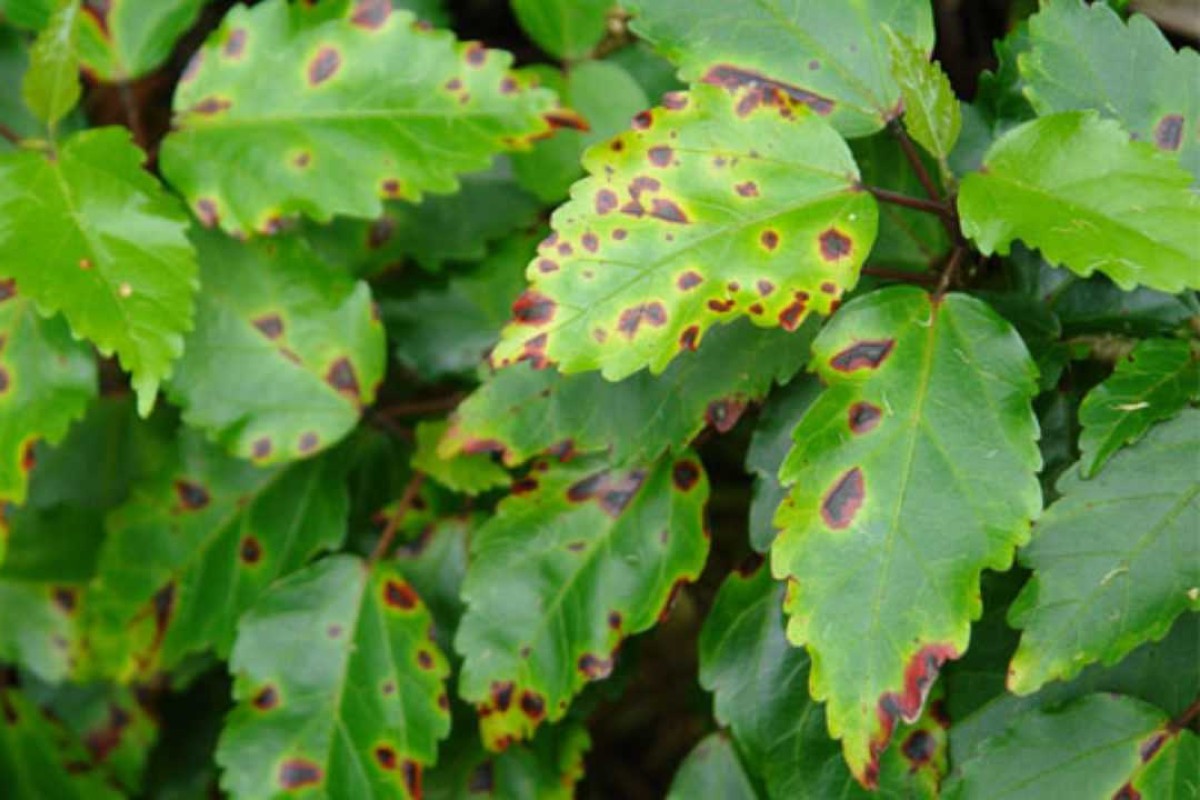
If your plant’s foliage appears dark, of a shade that changes from brown to red, the problem could be an incorrect exposure to the sun. The plant, in fact, was not allowed to acclimate and immediately placed in an area in full sun. What happened? The leaves have burned.
If, on the other hand, the leaves have only brown streaks, this could be a sign of a too dry climate. This occurs especially in winter, for domestic plants. In fact, the heaters turned on and an insufficient humidification of the house could cause this damage.
It can be solved by spraying water on the leaves, or by moving the plants around of course more humid, like the bathroom.
Recognizing plant diseases from leaves: photos and pictures
Now that you know how to observe the leaves of your plants, all you have to do is understand which pathologies they are affected by. But first, help yourself with the images we have collected for you in our gallery.

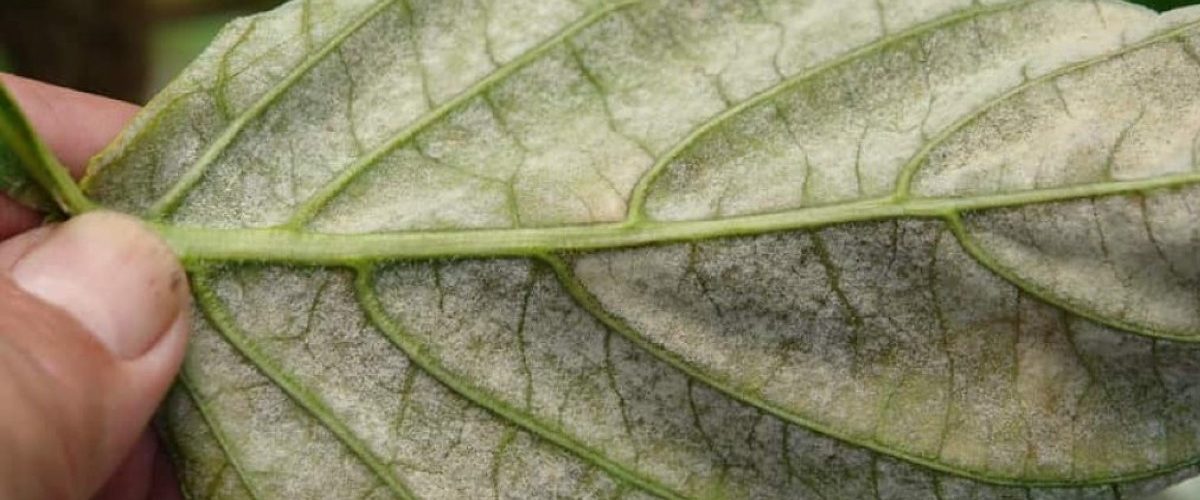

Add comment